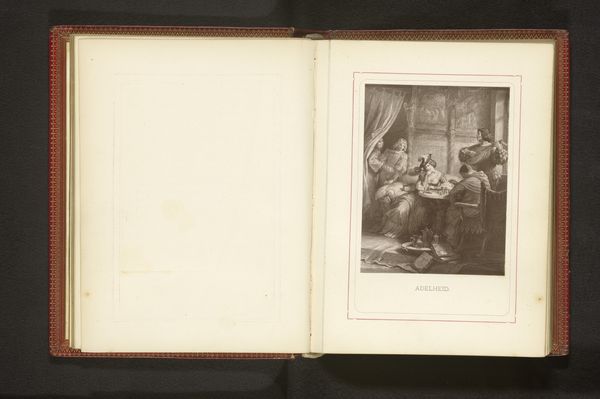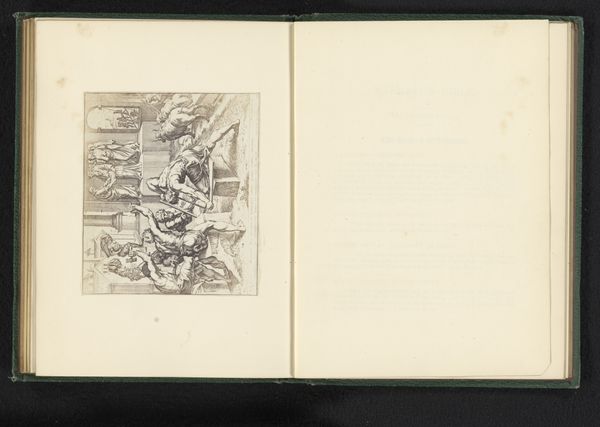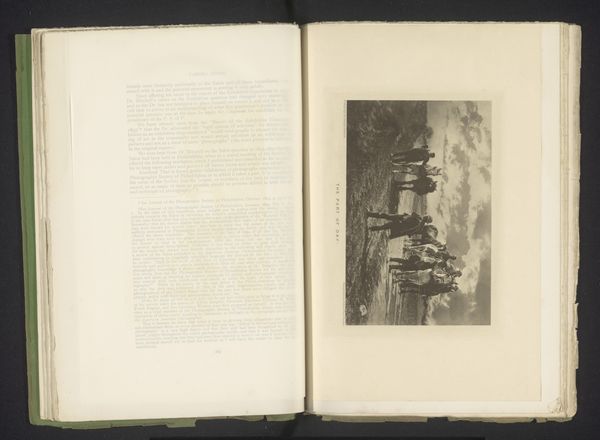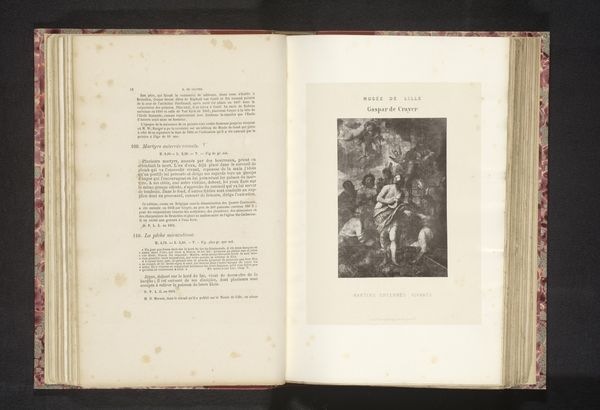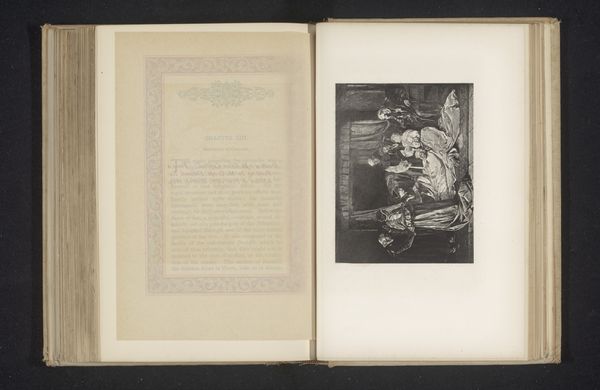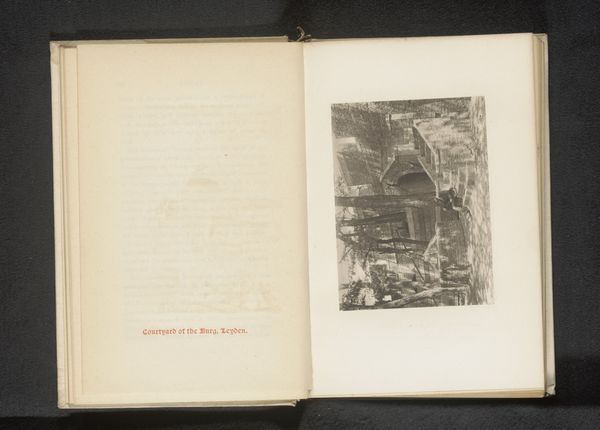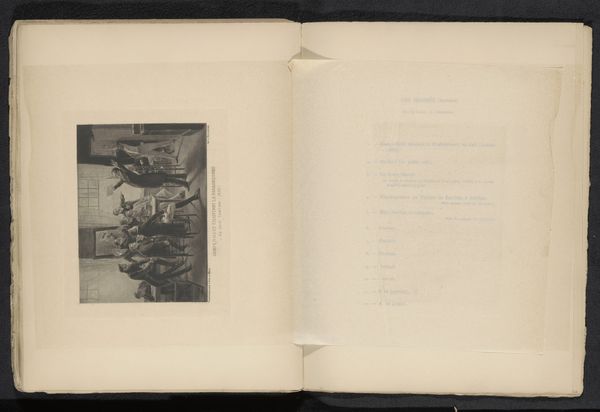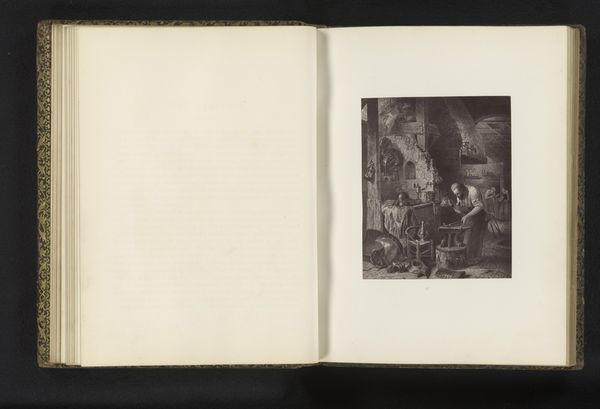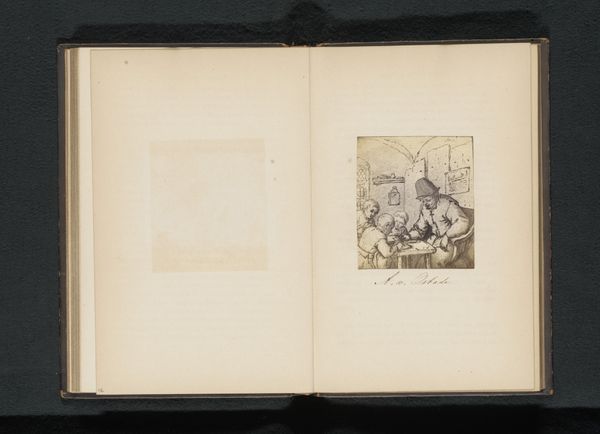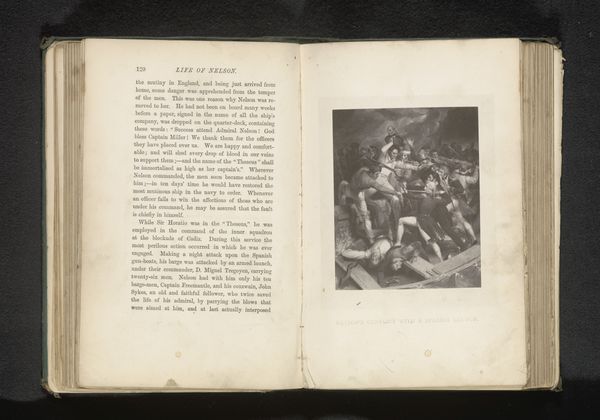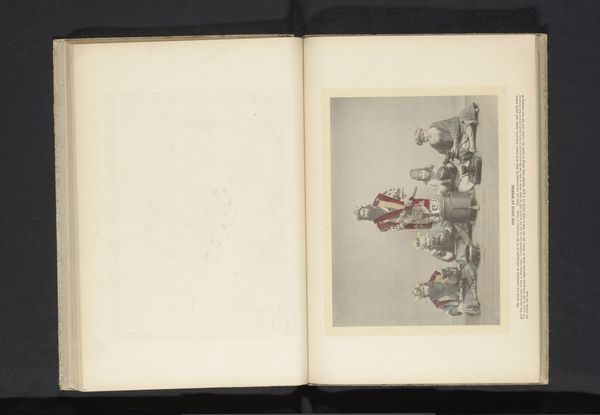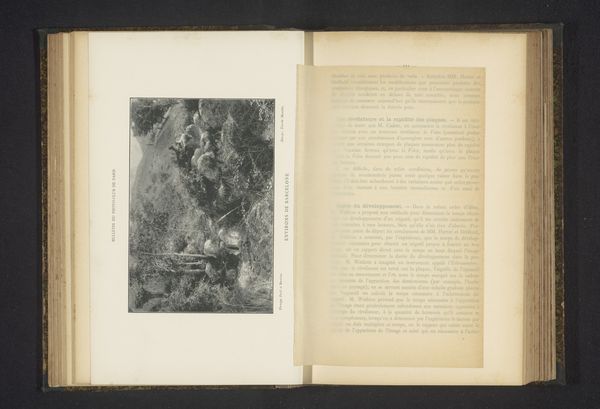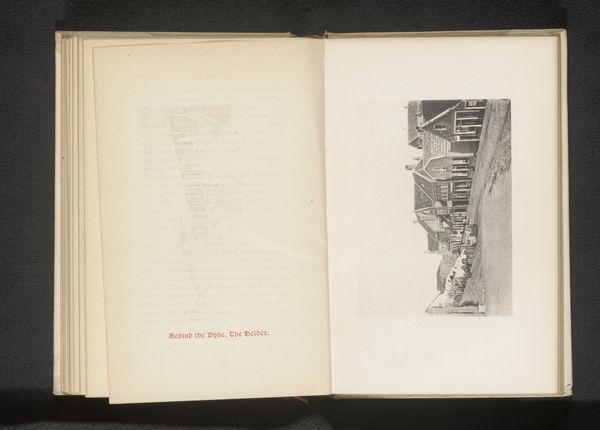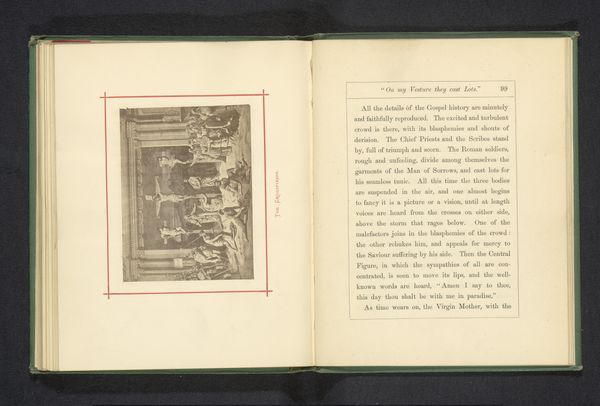
print, engraving
#
dutch-golden-age
# print
#
landscape
#
genre-painting
#
engraving
Dimensions: height 87 mm, width 126 mm
Copyright: Rijks Museum: Open Domain
Editor: This is a reproduction of Paulus Potter's "The Bull," from before 1894, rendered as an engraving. I’m immediately struck by the bull’s imposing size; it's really monumental. How would you interpret this work in terms of its symbolism? Curator: Given the Dutch Golden Age context, the bull isn’t merely a farm animal, but rather a symbol laden with cultural meaning. It's rooted in much earlier symbology related to masculine power, fertility, and national pride. Think of the ancient bull cults or the symbolism in mythology, reflecting virility and strength. How might Potter's rendition subtly tap into those older associations, filtered through the lens of 17th-century Dutch sensibilities? Editor: So, you’re suggesting that even a seemingly straightforward farm scene could resonate with deeper layers of meaning for its original audience? I mean, beyond just portraying Dutch agriculture. Curator: Precisely. Consider the prominence given to this particular animal; he is meticulously detailed, dominating the composition, wouldn't you agree? The light falls in such a way that accentuates its muscles. Now think about how national identity was being constructed and visualized at the time. Could this bull also symbolize Dutch prosperity, a kind of bovine embodiment of the land’s bounty? Editor: That's fascinating. It makes me reconsider the way I view genre painting, not just as a slice of life, but as carrying historical weight and symbolic density. Thanks, I had never considered the depth it could offer! Curator: Indeed! Images speak volumes when we learn to read their symbolic language.
Comments
No comments
Be the first to comment and join the conversation on the ultimate creative platform.
